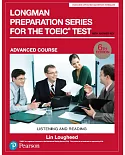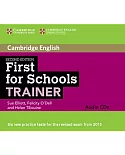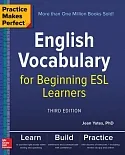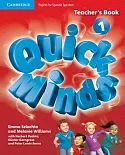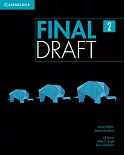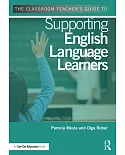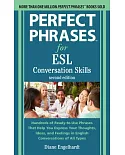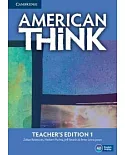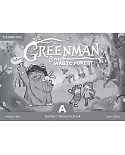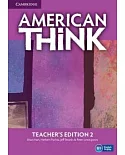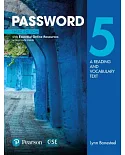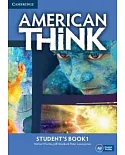Thirty-two chapters of important information that you need while you are learning to speak American English. This book answers important questions asked by ESL learners.This book will help you
improve your English. You can use this book with or without a teacher.This book is the fruit of 10 years of teaching English as a Second Language. It can be used by anyone who is learning
American English as a second language, or by teachers of ESL in their classes. It contains lessons on pronunciation and grammar. This book will explain when you use “The,” “A,” “Make,” “Do,”
“Some,” “Any,” “Can,” “Could,” “May” and “Might.” It explains several different ways that you can use the all-purpose verb “Get.” It shows you which verbs are followed by “To” and which verbs
are followed by another verb ending in “ING.” Many of my students asked for more information about those verbs with prepositions – those that can be separated from their prepositions and those
that can’t. I’ve illustrated these verbs with many examples.You can use the book with or without a teacher. This book answers many of the questions that my students have asked me. Chapter. 1
Definite Article “The” and Indefinite Article “A” Chapter 2: The Difference Between “A” and “One”Chapter 3: The Difference Between “Make” and “Do” Chapter 4: The Difference Between “Some” and
“Any”Chapter 5: The Difference Between “Say” and “Tell” Chapter 6: At, In, or On: Where Are You?: Prepositions of Place and TimeChapter 7: Can, Could, May, Might: What’s the Difference? Chapter
8: Either, Neither, Or, Nor: What’s the Difference? Chapter 9: Uses of GET in English (The Only Verb You Need?) Chapter 10: “Isn’t it” and Other Question TagsChapter 11: Short Answers to
QuestionsChapter 12: Verbs Followed by Gerund (-ING)Chapter 13: Verbs Followed by Infinitive (TO)Chapter 14: Verbs Followed by Either (-ING) or (TO)Chapter 15: Verbs Followed by Neither (-ING)
nor (TO) Chapter 16: Where Does the Stress Accent Go? Chapter 17: Words Whose Sound Is a SurpriseChapter 18: Words that Don’t Rhyme (But Look as if They Should) Chapter 19: From Noun to Verb by
Shifting the Stress Accent Chapter 20: From Noun to Verb by Changing the Sound of “SChapter 21: From Noun to Verb by Changing the Vowel SoundChapter 22: Verbs That Always Stay Next to their
Prepositions: Not SeparableChapter 23: Verbs That Can Leave their Prepositions Behind: SeparableChapter 24: Verbs with Two Prepositions: Important ExpressionsChapter 25: I Drink Espresso, but
Not Right Now: English Present TenseChapter 26: The English Past Tenses: Why So Many? Chapter 27: The Sound of “ED”: How Do You Pronounce the Simple Past Tense? Chapter 28: Rulebreakers: The
Irregular VerbsChapter 29: One of your Relatives is Missing! Omitting the Relative Pronoun Chapter 30: All Your Nouns in a Row: The English Word VirusChapter 31: Getting Your Two Cents
InChapter 32: Some Nouns Don’t Count: Countable and non-countable nouns


